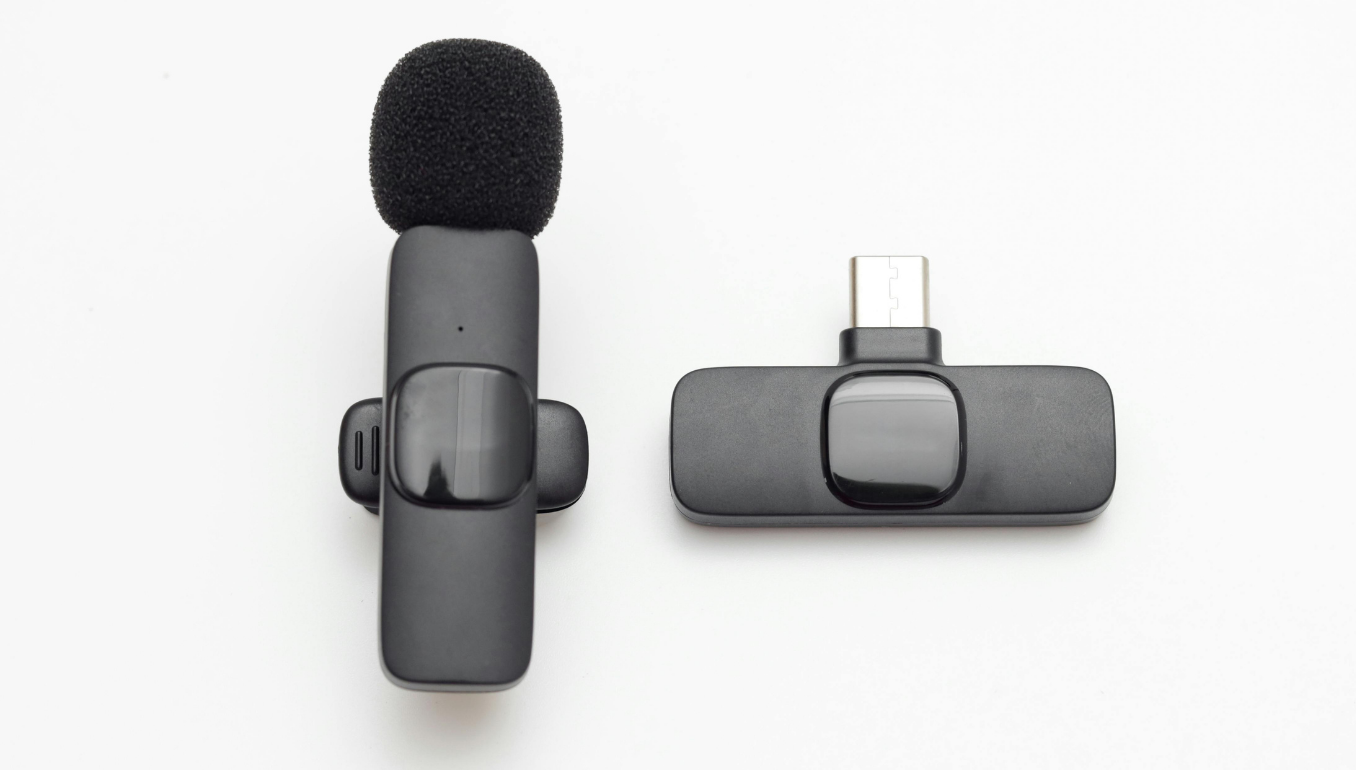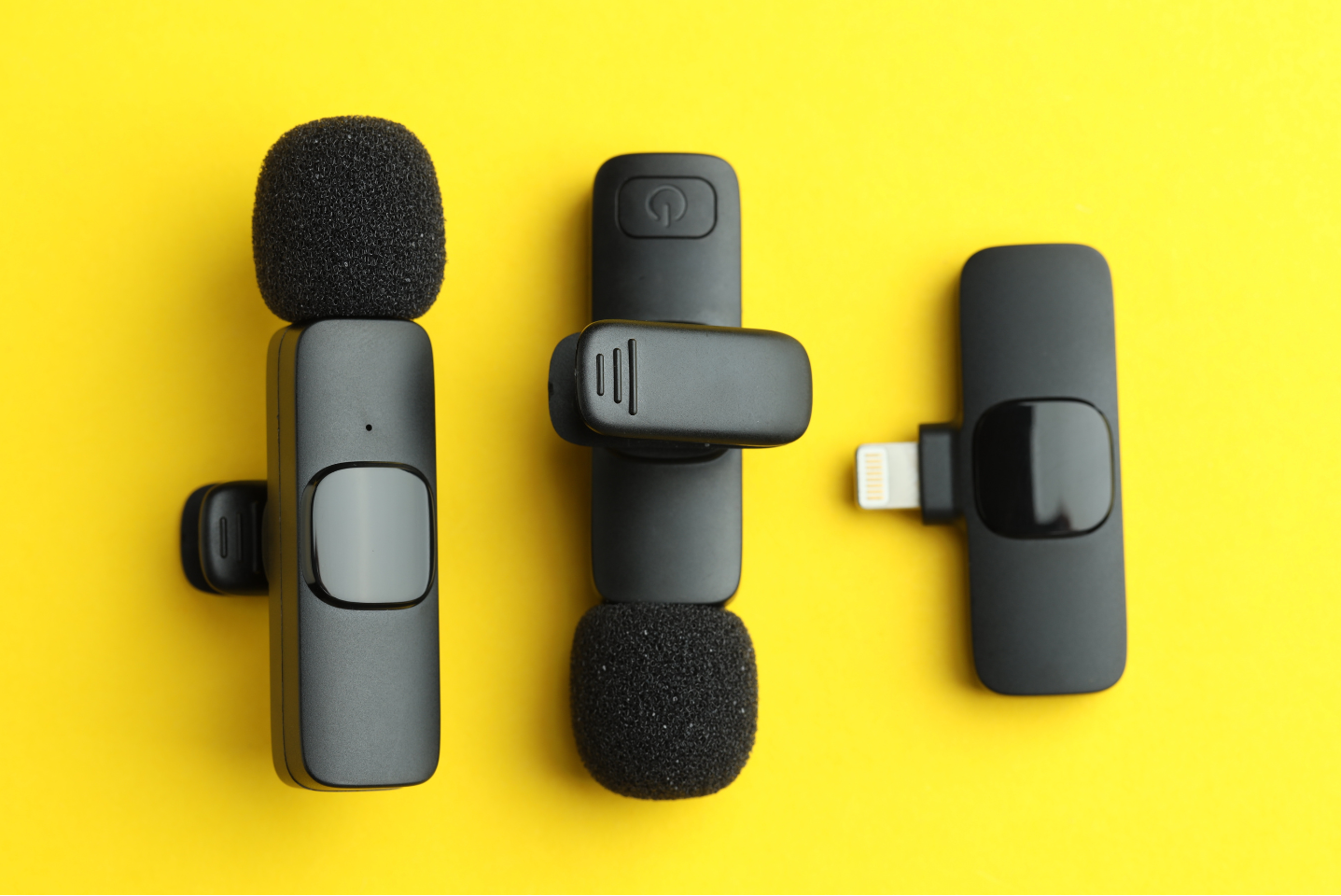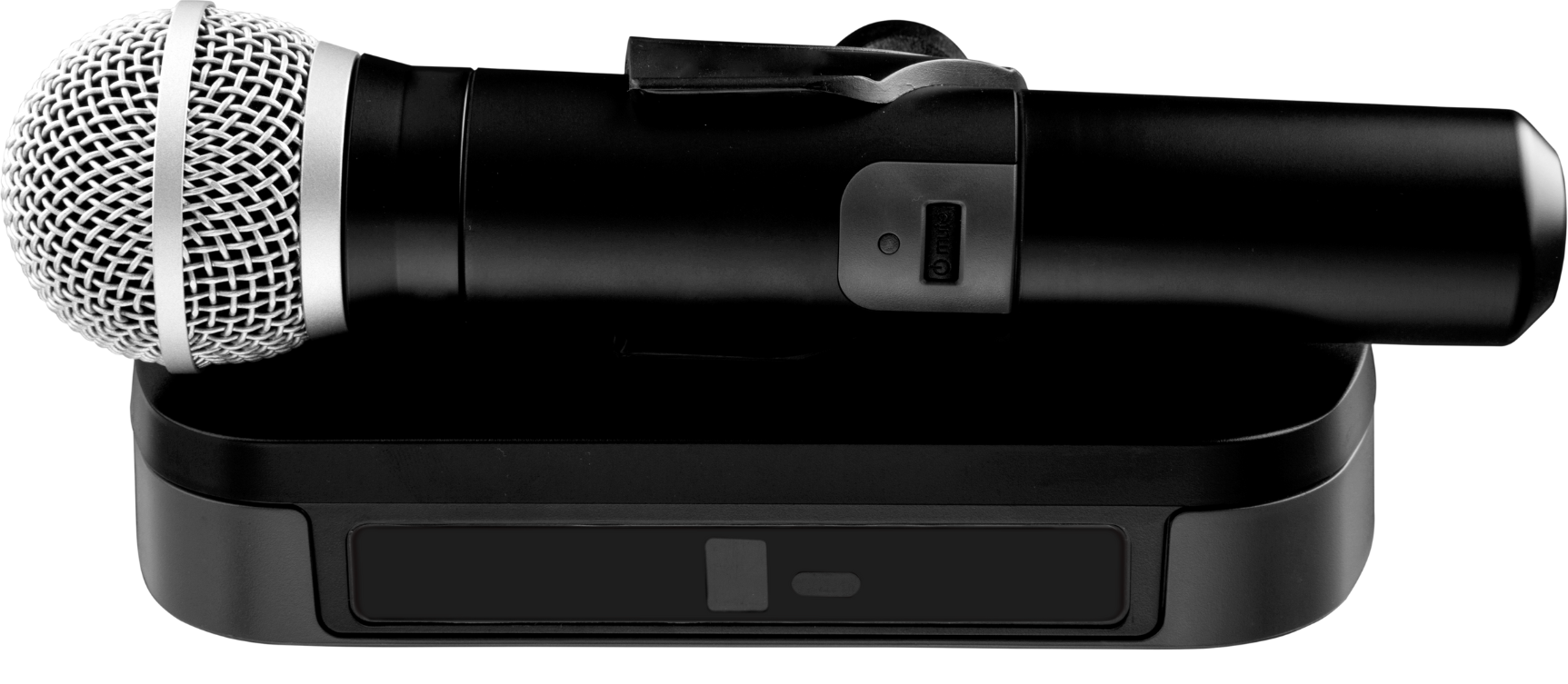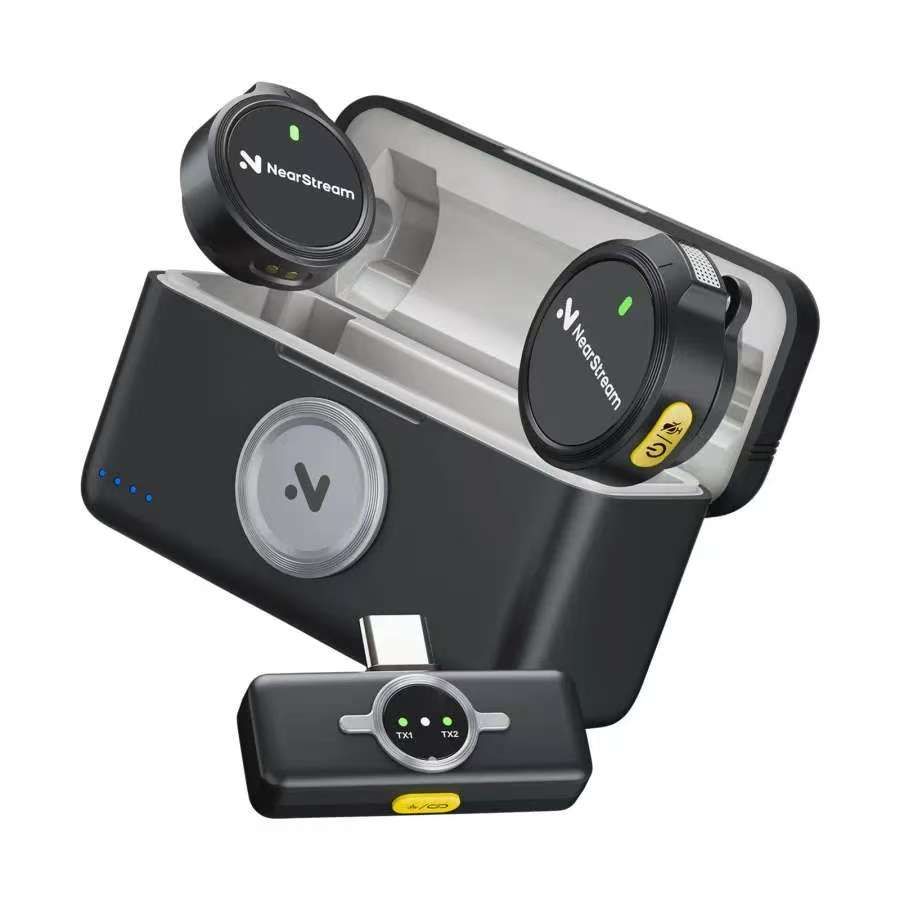Wireless microphone and receiver systems have revolutionized audio capture by eliminating cables while maintaining professional sound quality. This guide explores how wireless mics work, their key components (transmitters, receivers, frequency bands), and different types (handheld, lavalier, headset). We’ll cover essential selection criteria—frequency stability, battery life, and multi-system compatibility—along with setup tips and troubleshooting. For users seeking a premium solution, we recommend NearStream’s AWM25T for its reliable UHF transmission and studio-grade clarity. Whether you’re a performer, presenter, or content creator, understanding wireless microphone technology helps you achieve flawless, interference-free audio in any environment.
Introduction to Wireless Microphones and Receivers
 What Are Wireless Microphones and Receivers?
What Are Wireless Microphones and Receivers?
Wireless microphones and receivers are essential tools for performers, presenters, and content creators who need freedom of movement without being tied down by cables. A wireless microphone system consists of two main components:
- Transmitter (Microphone): Converts sound into a radio signal.
- Receiver: Picks up the signal and converts it back into audio for amplification or recording.
Unlike traditional wired microphones, wireless systems eliminate cable clutter and allow users to move freely on stage, in a studio, or during presentations.
Benefits of Using Wireless Systems
- Freedom of Movement: No more tripping over cables—ideal for live performances and dynamic presentations.
- Cleaner Setup: Reduces cable mess, making setups quicker and more professional.
- High-Quality Sound: Modern wireless systems deliver crystal-clear audio with minimal interference.
How Wireless Microphones and Receivers Work
 Basic Components of a Wireless System
Basic Components of a Wireless System
Microphone (Transmitter):
Available in handheld, lavalier (clip-on), or headset styles, the transmitter converts voice into UHF/VHF radio signals for wireless audio transmission. Ideal for performances, presentations, and broadcasting.
Receiver:
The receiver captures wireless signals and converts them to audio output. Available as a standalone unit or integrated into mixers/audio interfaces, ensuring seamless sound transmission for professional and personal use.
Frequency Bands:
UHF (Ultra High Frequency): More stable with minimal interference - ideal for professional applications.
VHF (Very High Frequency): More affordable but prone to interference in crowded signal areas.
Signal Transmission and Interference
Analog vs. Digital Systems:
-Analog is simpler but can suffer from noise.
-Digital offers clearer sound and better encryption.
Avoiding Dropouts:
-Keep the receiver within line of sight of the transmitter.
-Avoid Wi-Fi routers and other wireless devices that may cause interference.
Types of Wireless Microphone Systems
1.Handheld Wireless Microphones with Receiver
The ultimate choice for vocalists, presenters and performers needing professional sound with unrestricted movement. Featuring rugged construction and crystal-clear transmission, these systems excel in concerts, corporate events and worship services.
2. Lavalier (Clip-On) Wireless Microphones
Perfect for presentations, interviews, and theater performances, these compact mics deliver clear audio while remaining discreet. Typically paired with a belt-pack transmitter for hands-free convenience in professional settings.
3. Headset Wireless Microphones
Designed for fitness instructors, auctioneers, and performers, these mics offer secure, hands-free operation with exceptional sound clarity during dynamic movement and professional presentations.
4. Plug-On Transmitters (for Instruments)
These compact devices convert guitars, violins, and other instruments to wireless operation, giving musicians complete freedom of movement on stage without compromising sound quality.
Choosing the Right Wireless Mic and Receiver
Key Factors to Consider
✔ Frequency Range: UHF is preferred for professional use.
✔ Number of Channels: Crucial for multi-mic setups (e.g., bands or panel discussions).
✔ Battery Life: Look for rechargeable options or long-lasting battery performance.
✔ Compatibility: Ensure it works with your mixer, PA system, or recording setup.
Best Uses for Different Wireless Systems
- Live Performances: Handheld UHF mics.
- Public Speaking: Lavalier mics for a clean, professional look.
- Broadcasting & Recording: Digital systems for studio-grade clarity.
Setting Up Your Wireless Microphone and Receiver
Step-by-Step Connection Guide
- Power On the transmitter and receiver.
- Sync the Frequencies (auto-scan or manual tuning).
- Connect the Receiver to a mixer, speaker, or recorder.
- Test the Audio and adjust gain levels.
Troubleshooting Common Issues
Troubleshooting Dropouts?
Verify battery charge, remove physical obstructions, and switch to clearer frequencies if interference persists.
Wireless Interference?
Perform frequency scan and select least congested channel available.
No Sound?
Verify all cable connections and confirm mute is disabled.
Maintenance and Care for Wireless Systems
- Battery Management: Use rechargeable batteries or keep spares.
- Storage: Keep in a dry, dust-free case.
- Cleaning: Wipe down mics and transmitters regularly.
Recommended Wireless System: NearStream AWM25T
If you're looking for a reliable, high-quality wireless microphone system, the NearStream AWM25T is an excellent choice.
 Key Features to Look For
Key Features to Look For
✔ UHF Band: Critical for professional use (e.g., AWM25T’s 500m range).
✔ Battery Life: The AWM25T offers 6+ hours per charge.
✔ Plug-and-Play: Auto-sync for hassle-free setup.
Why It Stands Out
- Crystal-Clear Audio: 24-bit digital transmission for zero noise.
- Robust Build: Metal casing for durability at events.
- Multi-System Support: Sync up to 8 receivers for large venues.
Perfect for live performances, conferences, and streaming, this system ensures seamless wireless audio without dropouts.
Frequently Asked Questions (FAQs)
Can Multiple Wireless Mics Work Together?
Yes, multiple wireless microphones can operate simultaneously, but each must use a different frequency channel to prevent signal interference. Professional systems with multi-channel receivers make this process seamless for live events and performances.
What’s the Difference Between UHF and VHF?
UHF (Ultra High Frequency) systems provide superior range, clearer signals, and reduced interference, making them ideal for professional use. VHF (Very High Frequency) offers a more budget-friendly option but suffers from more interference in congested signal environments.
Do Wireless Mics Need a License to Operate?
License requirements depend on your location and frequency range. Most VHF and some UHF bands are license-free, but always check national communications laws before using professional wireless microphone systems.
Conclusion – Finding the Perfect Wireless Mic & Receiver
Wireless microphones and receivers provide unmatched flexibility for performers, presenters, and content creators. By understanding the different types, setup tips, and key features, you can choose the best system for your needs.
For a top-tier wireless solution, consider the NearStream AWM25T—an excellent balance of performance, reliability, and ease of use.
Ready to go wireless? Your perfect setup is just a click away! 🎤🔊










































































